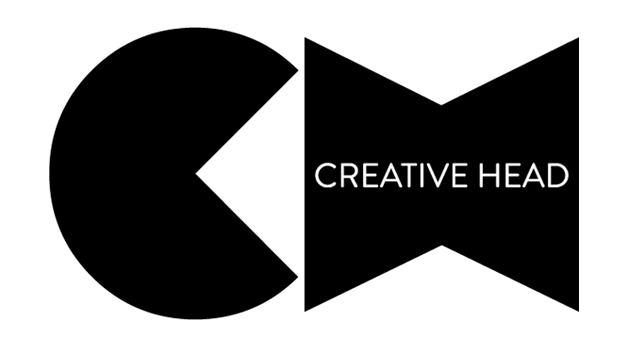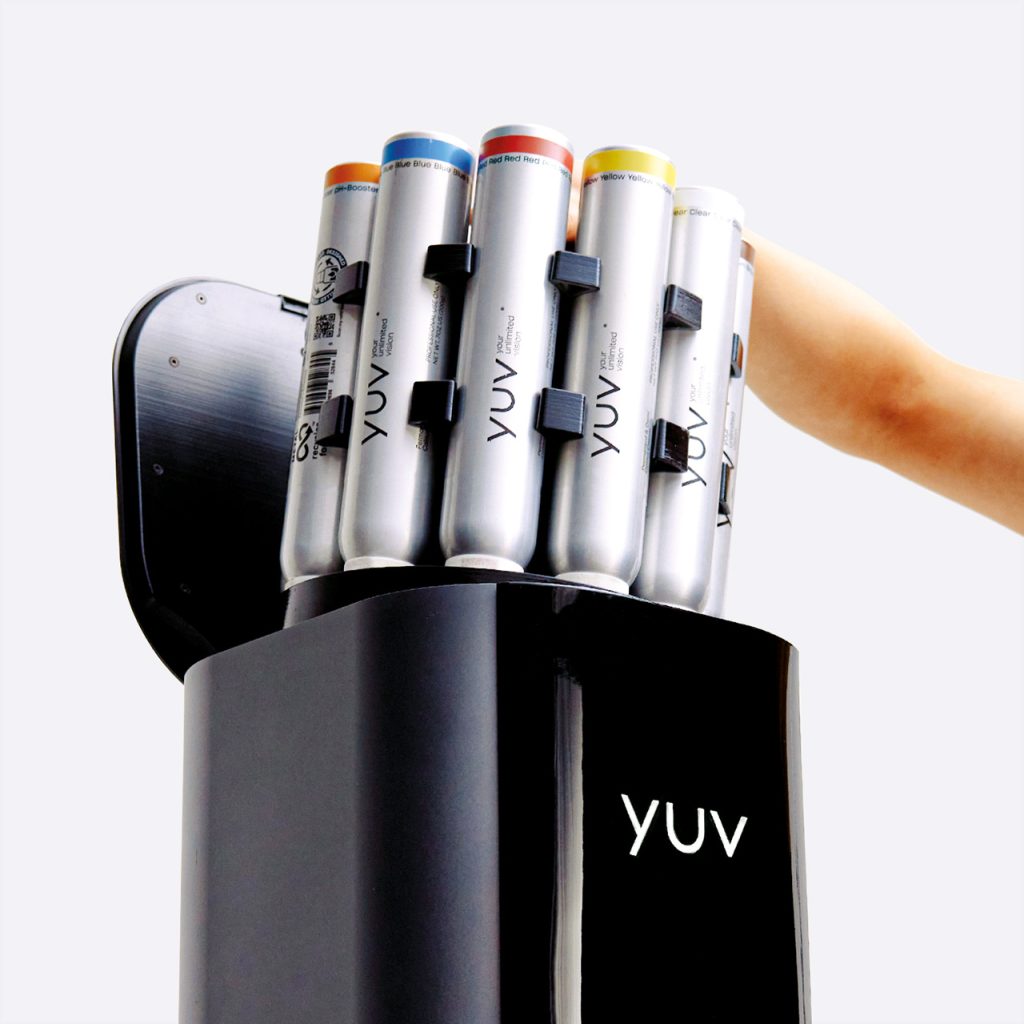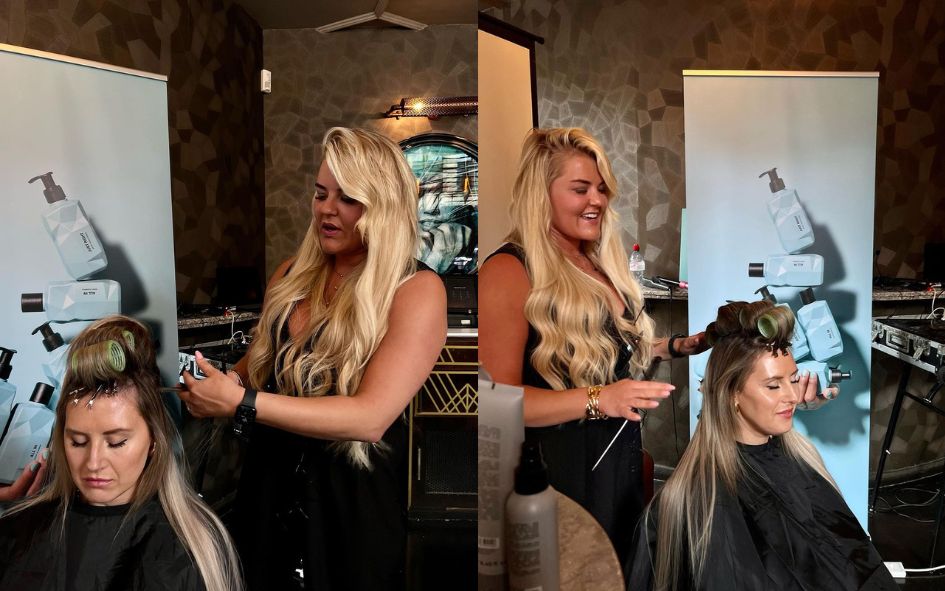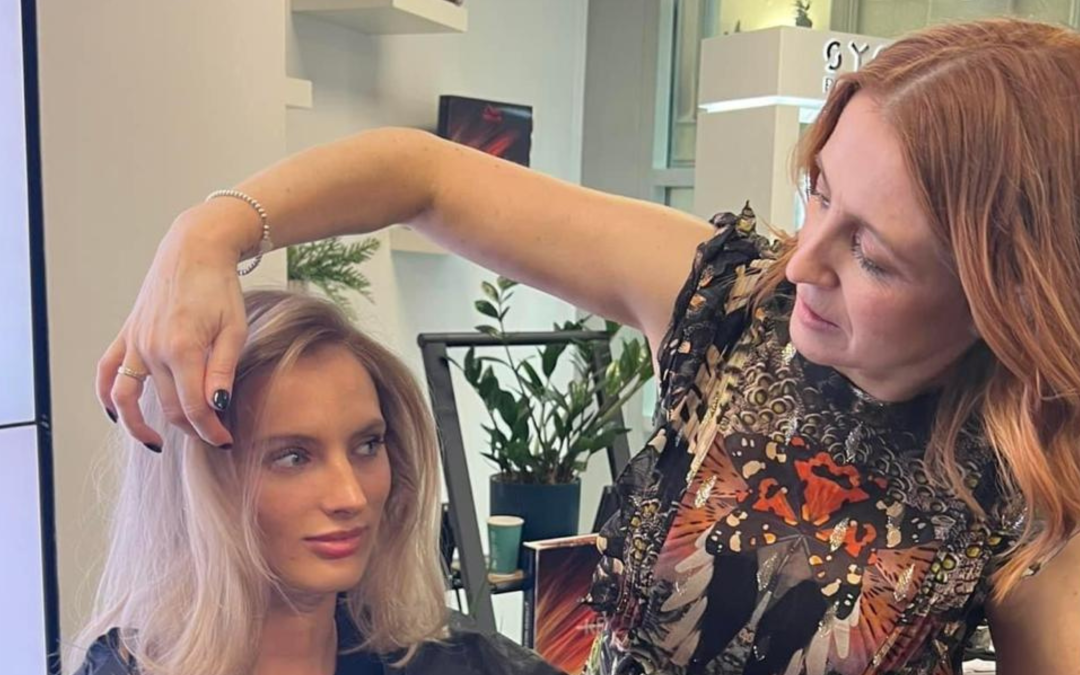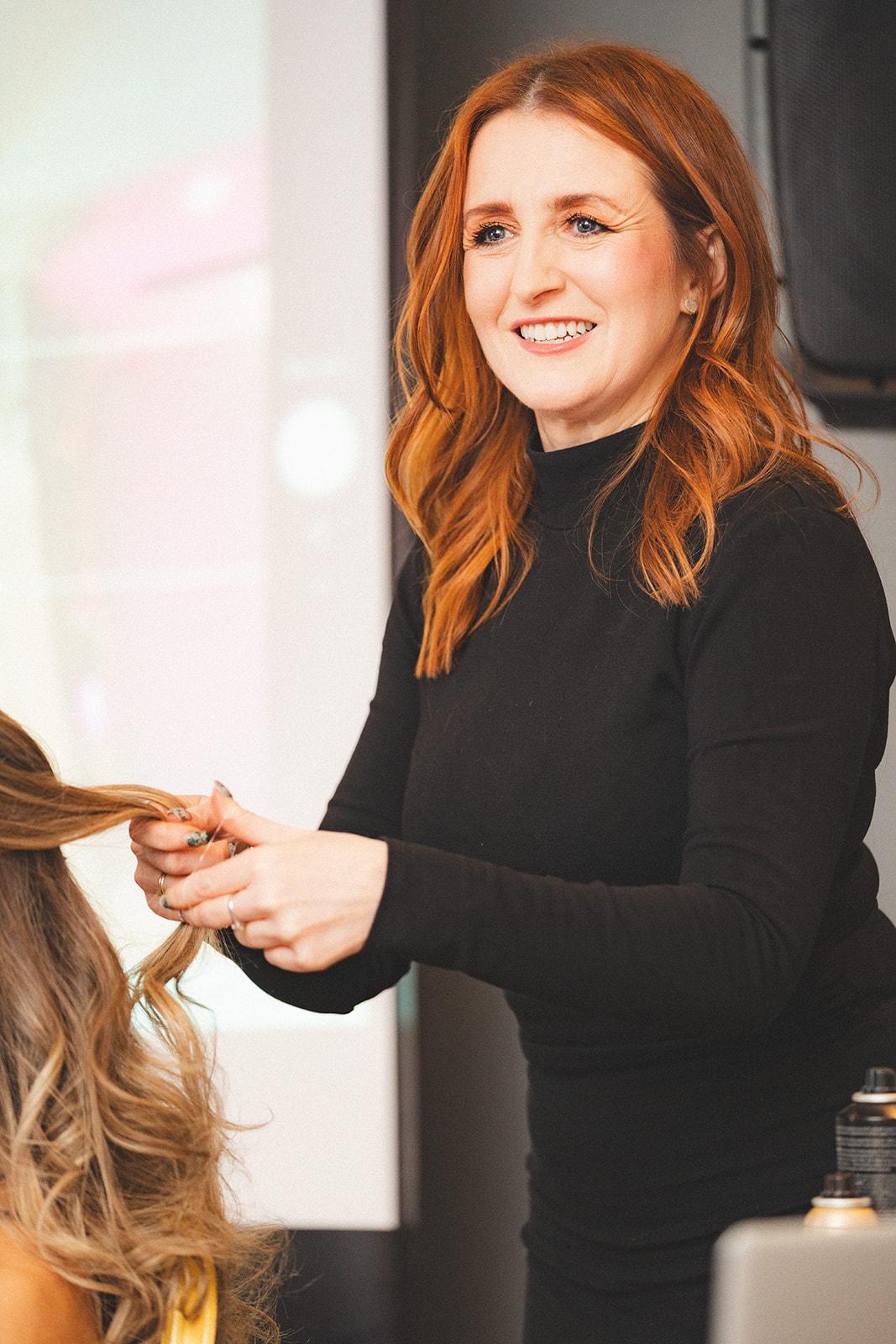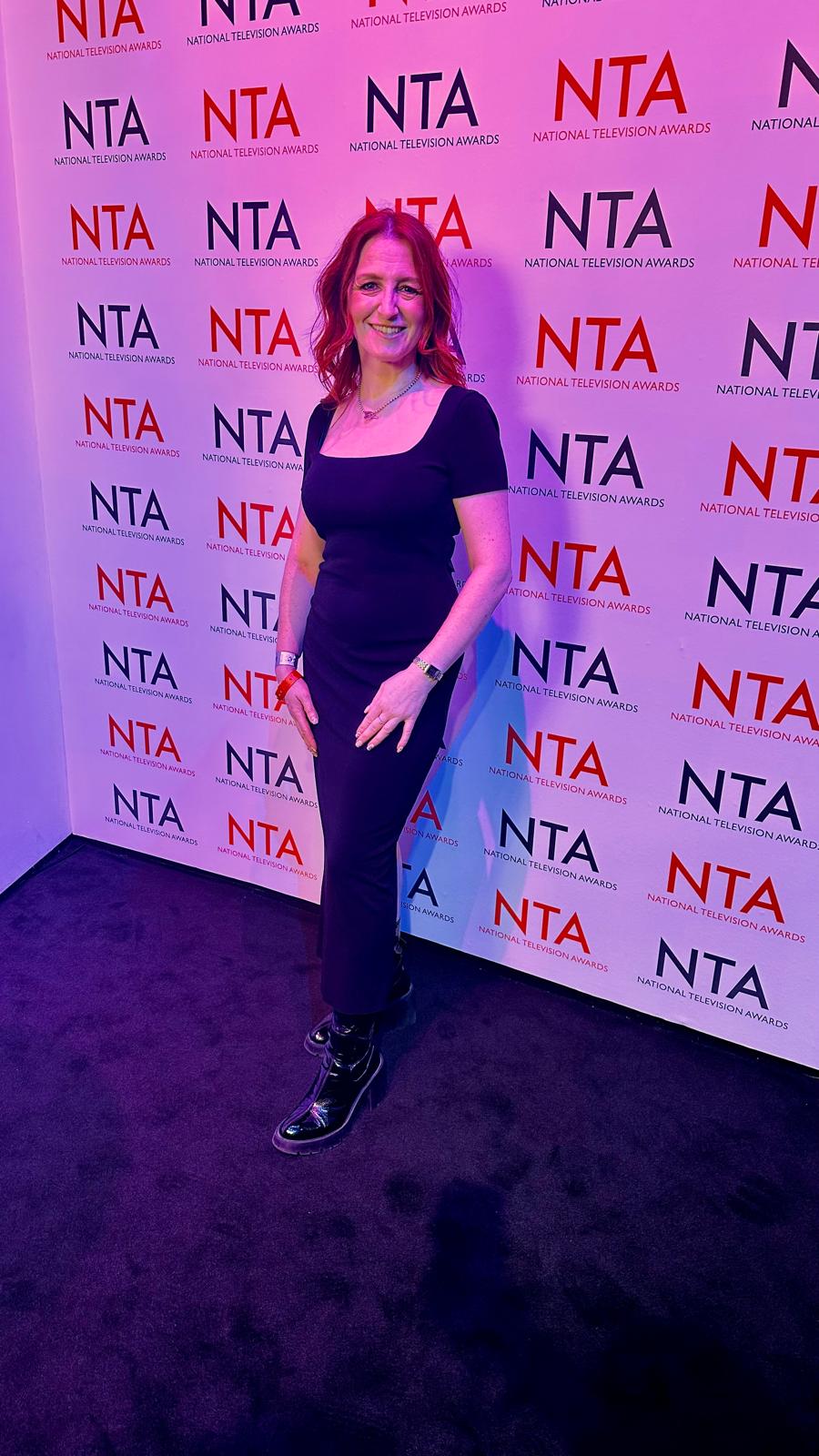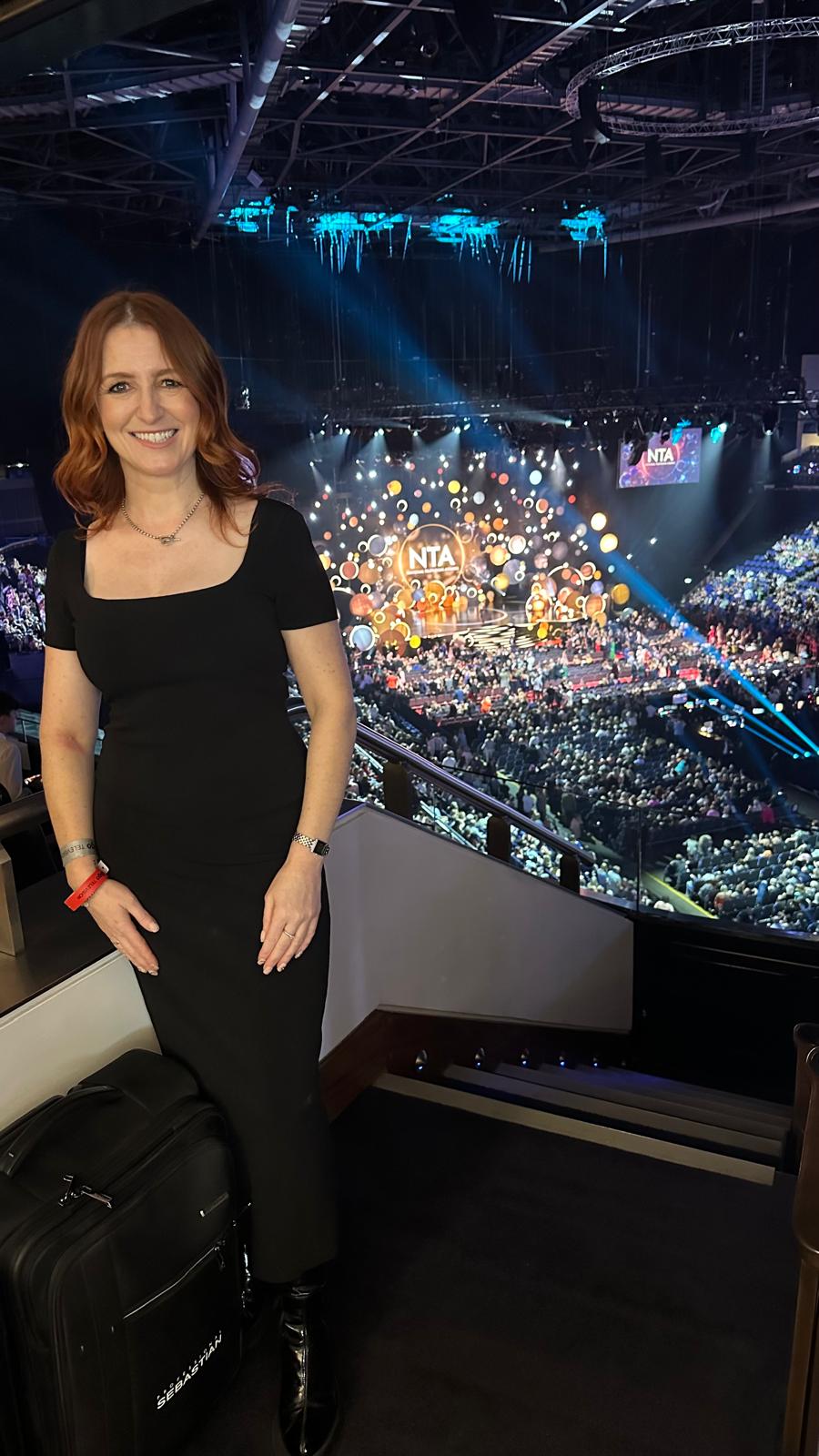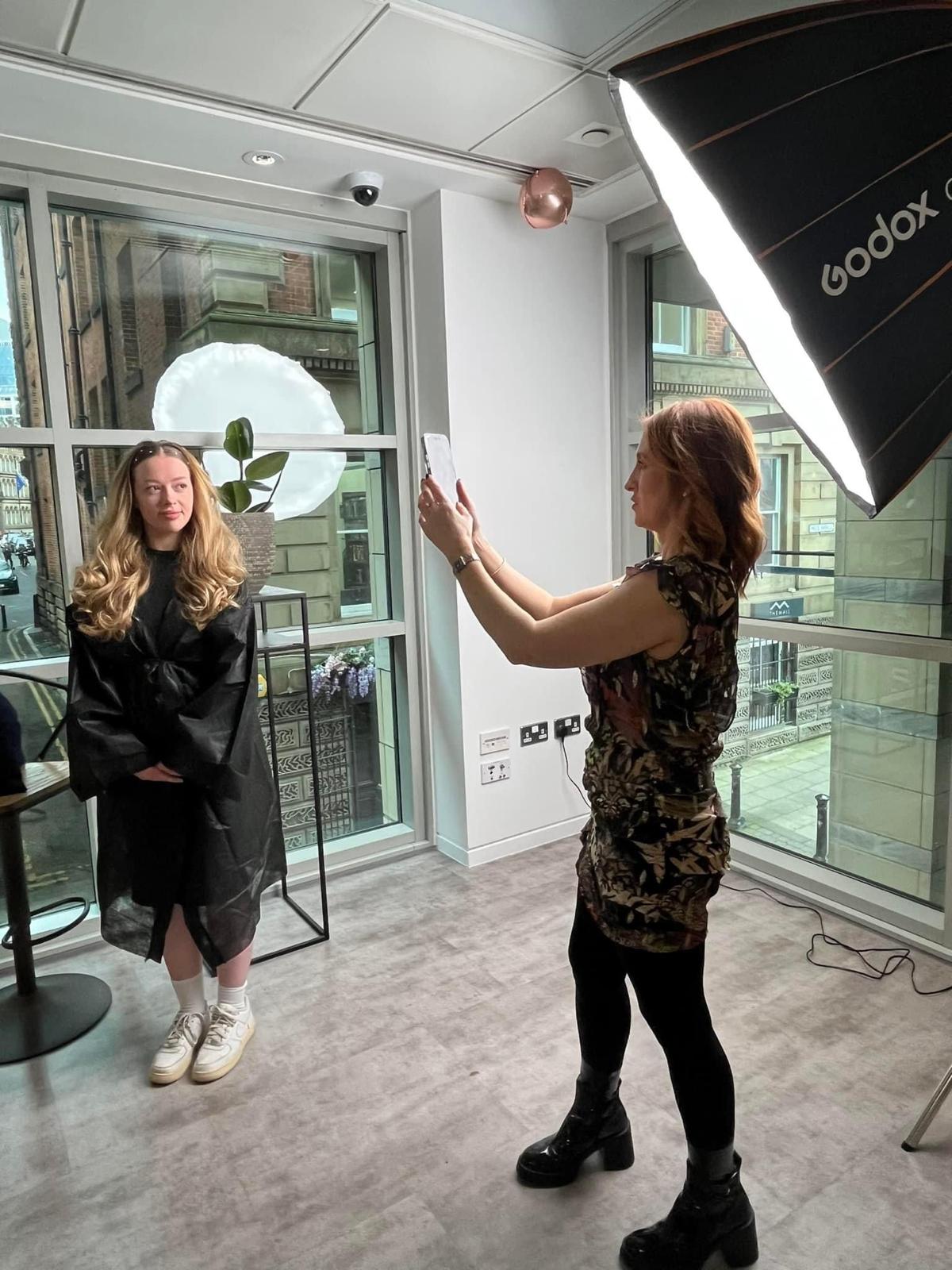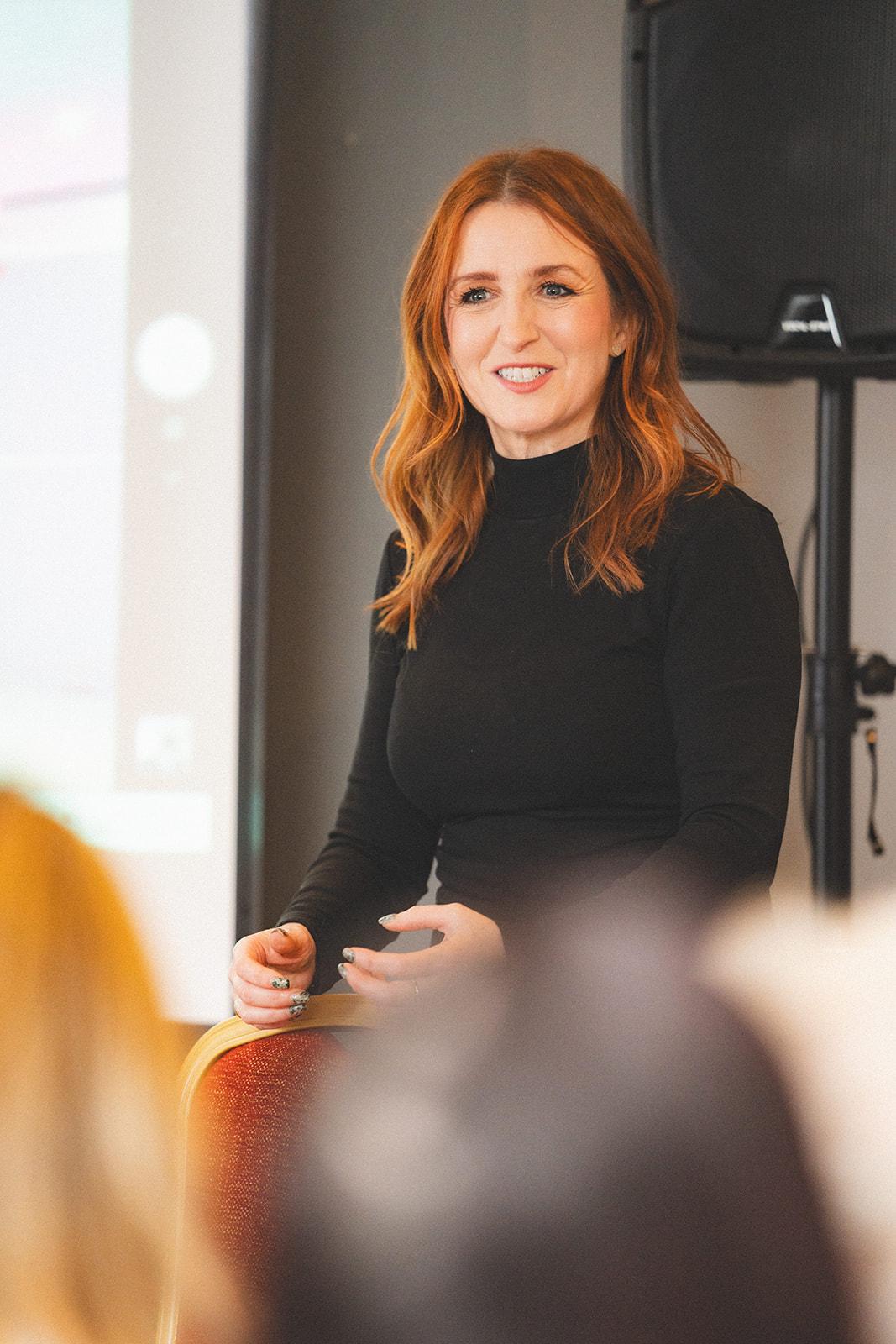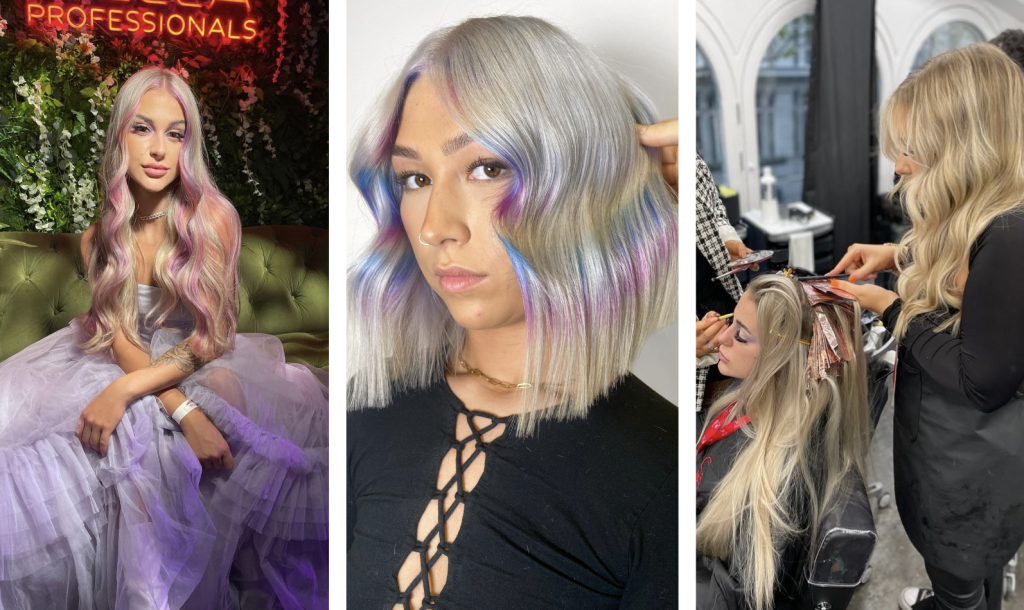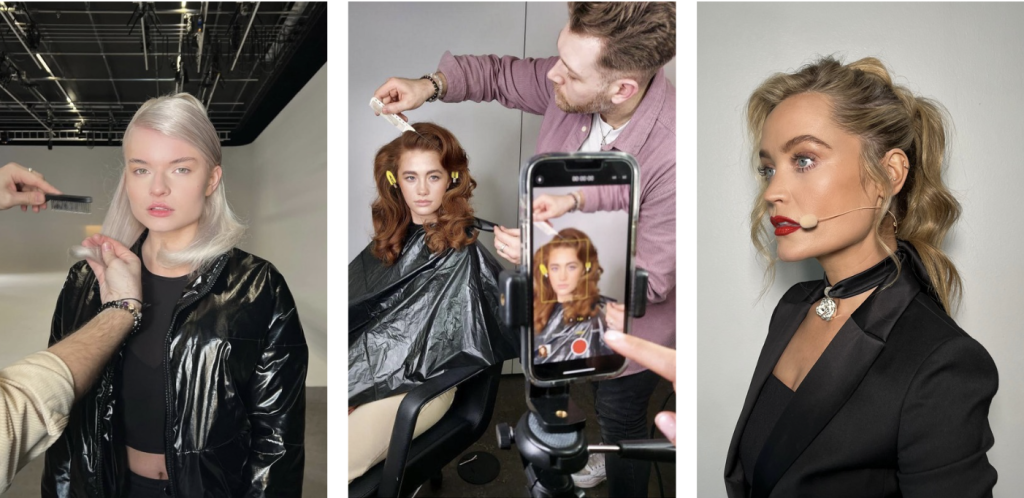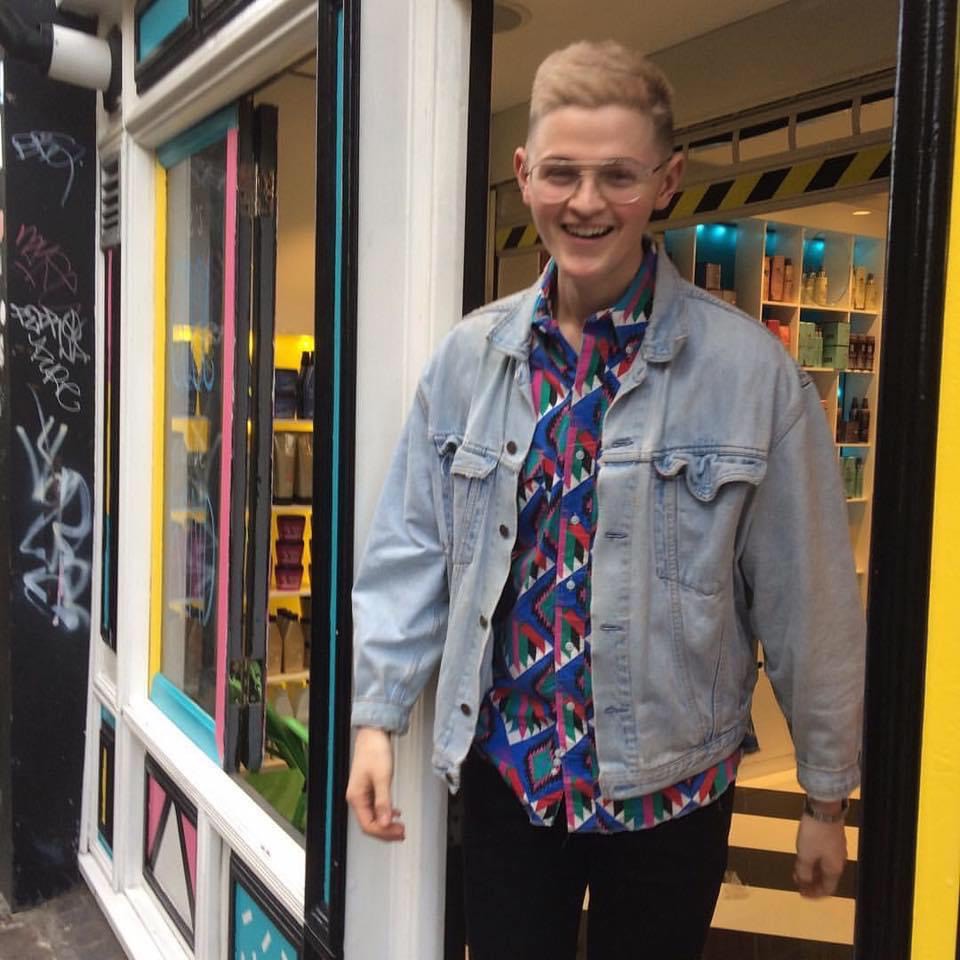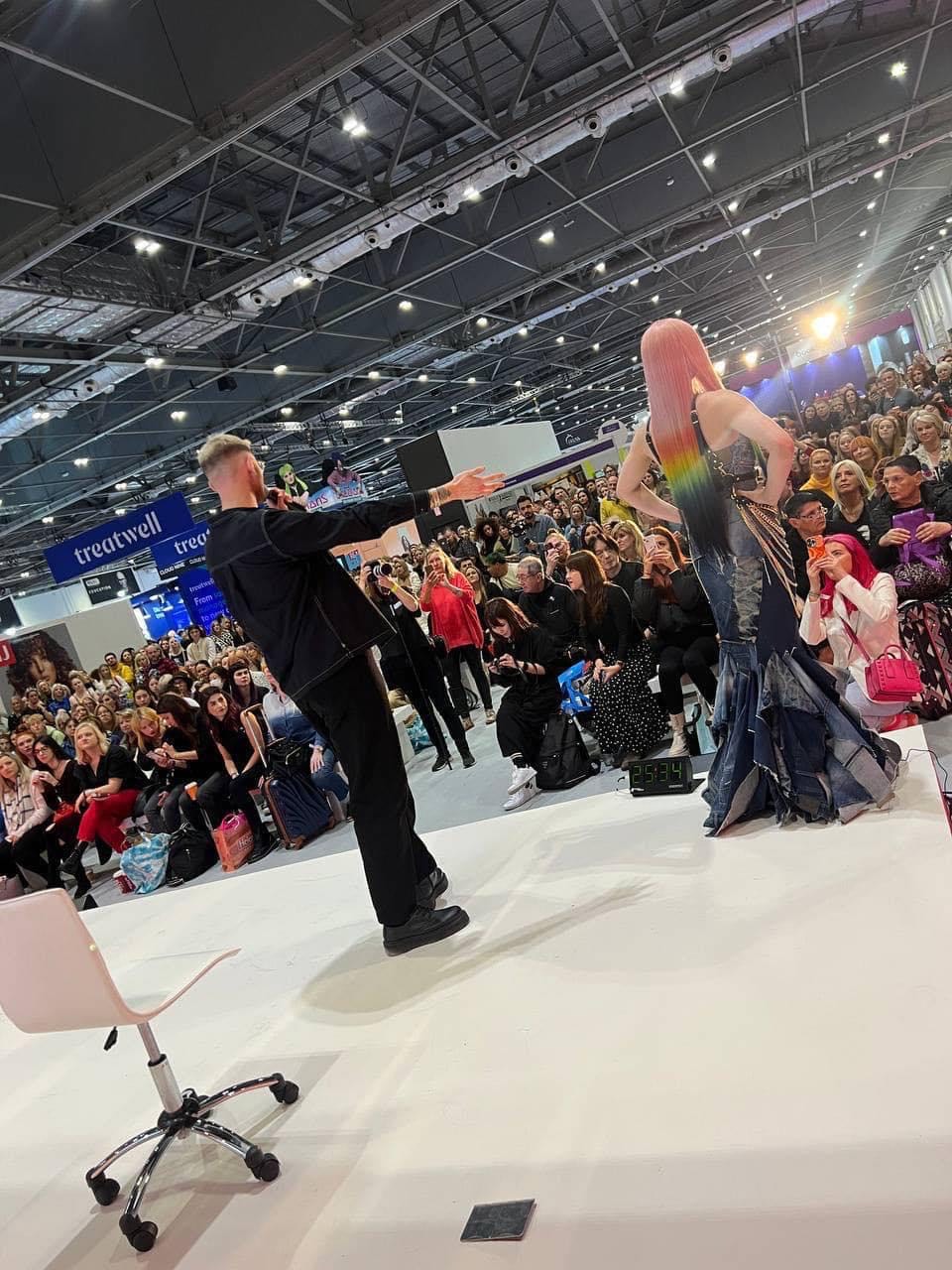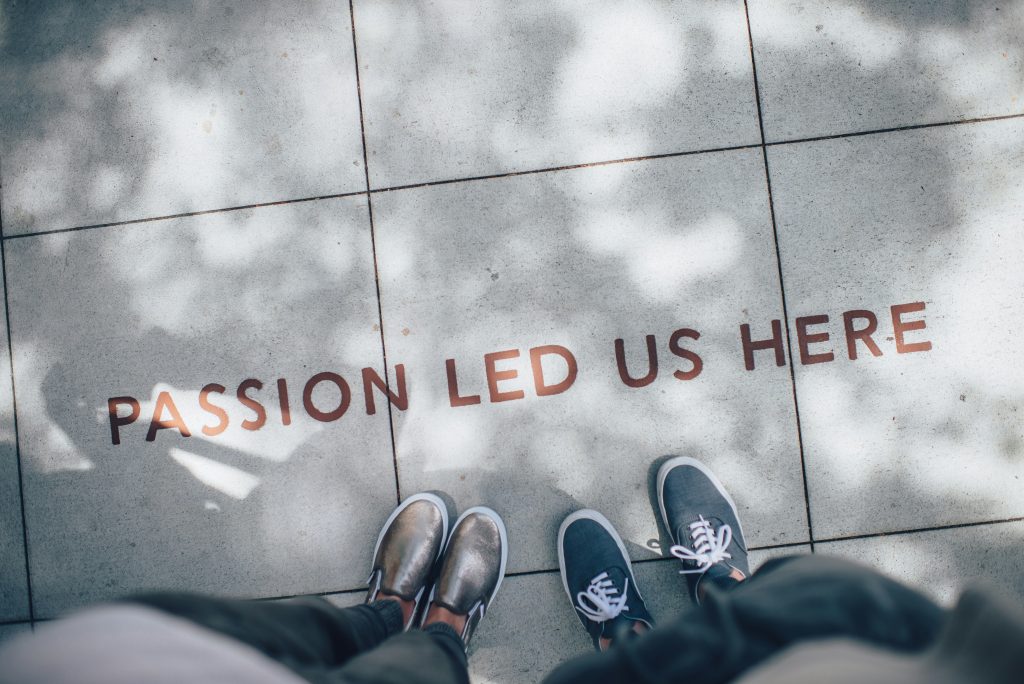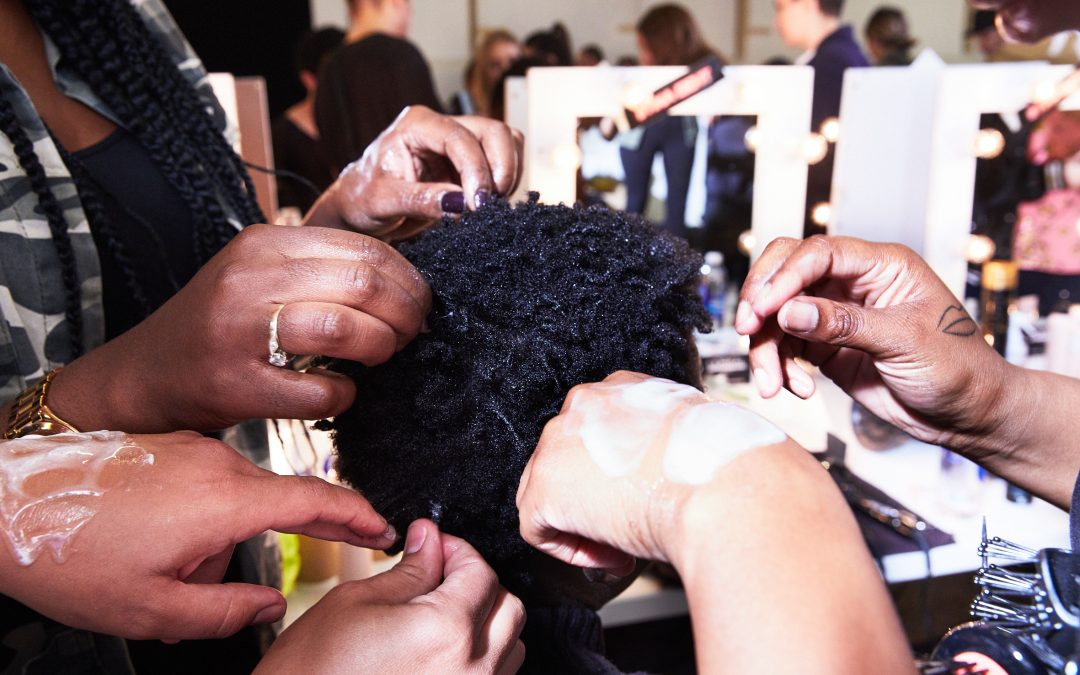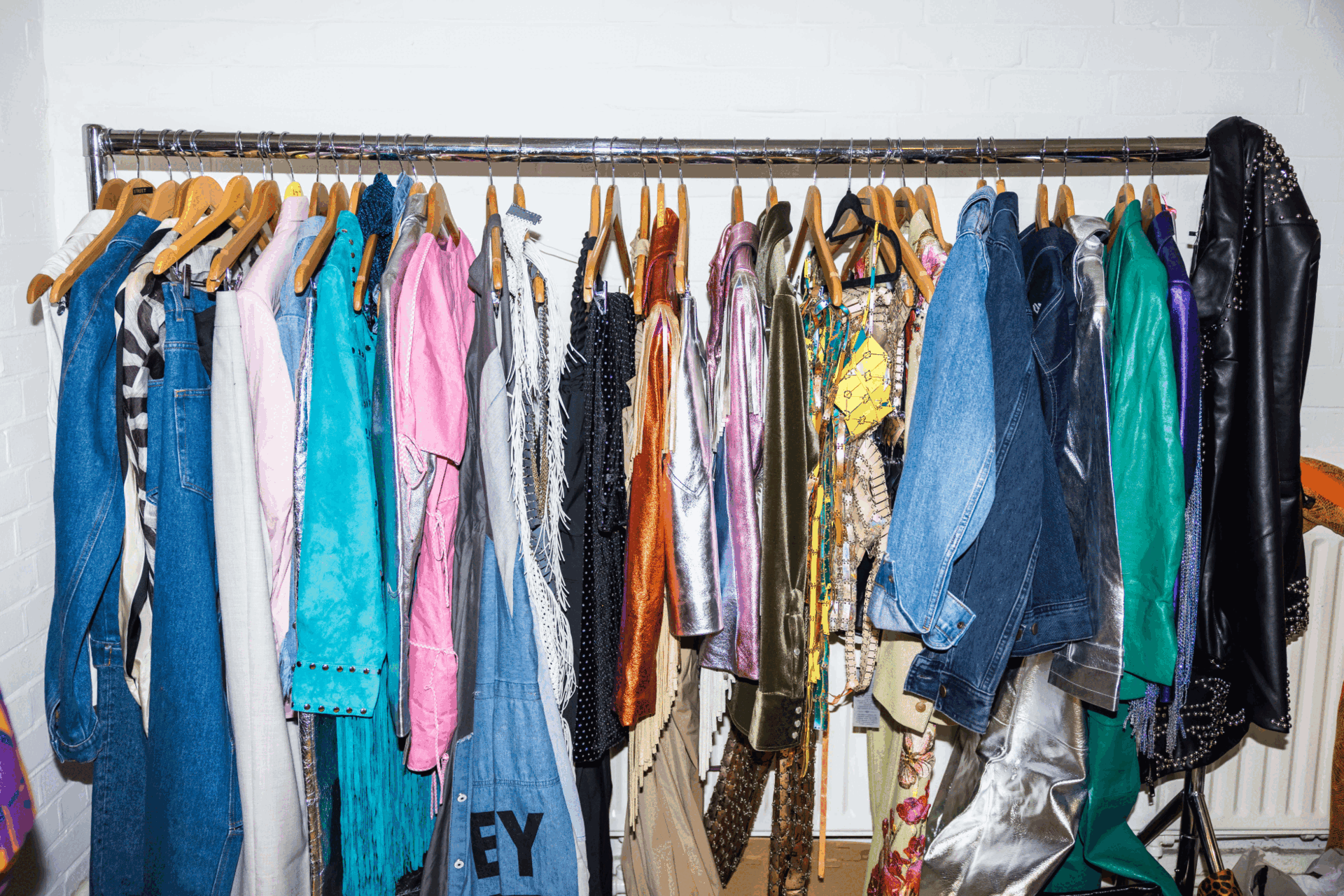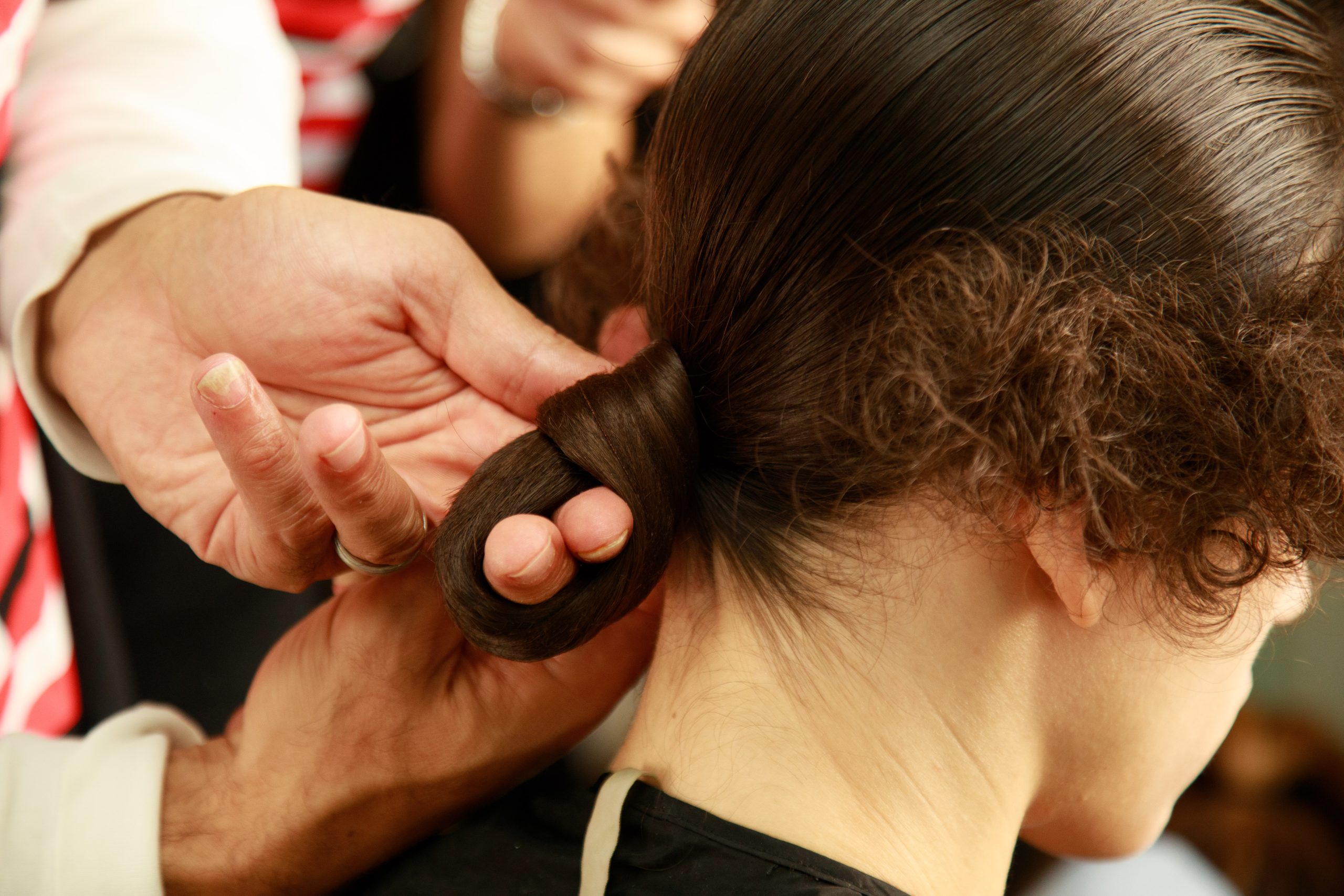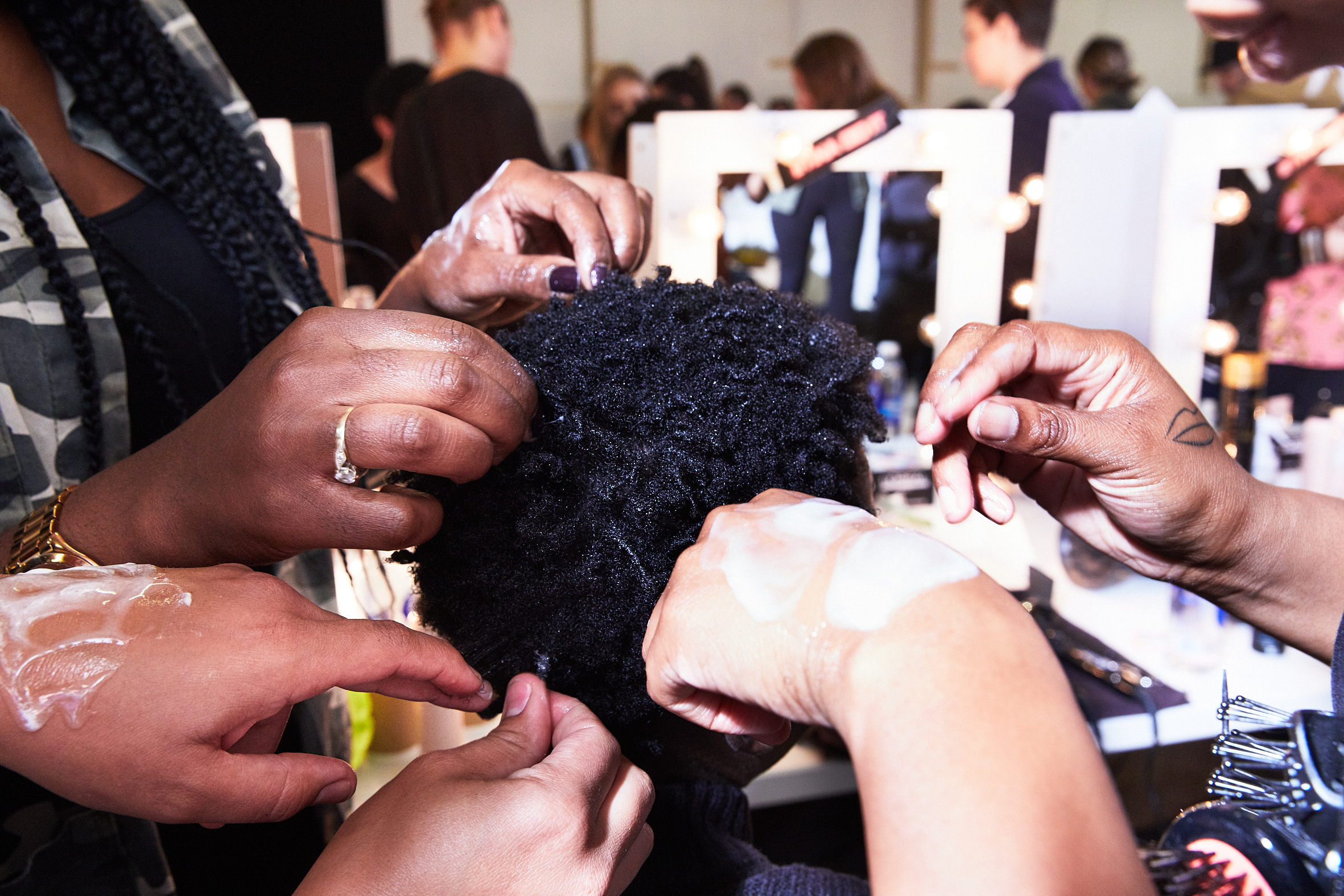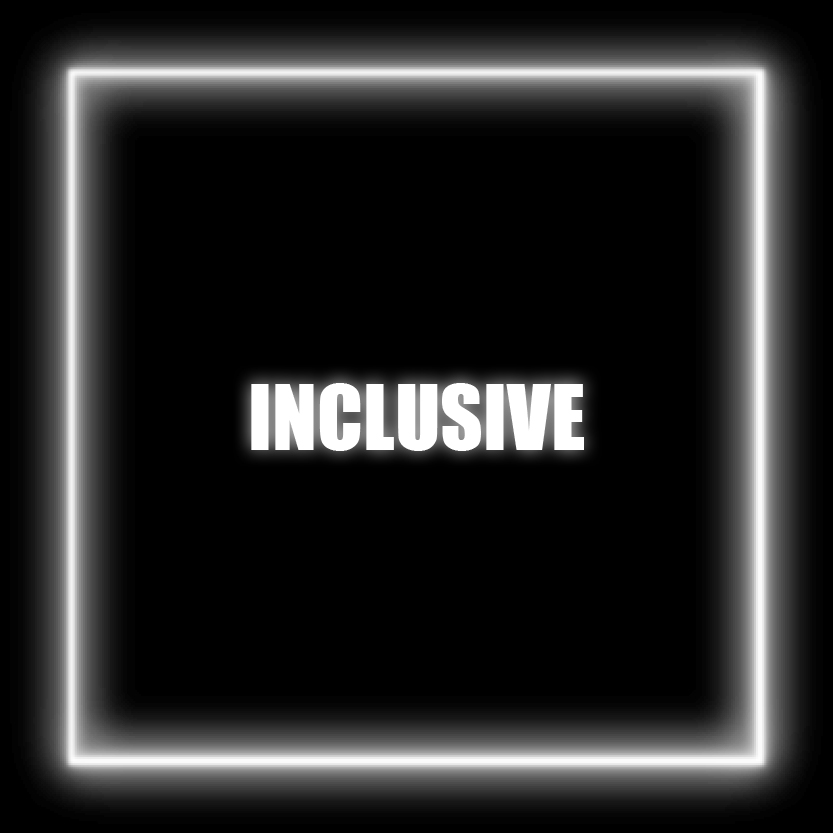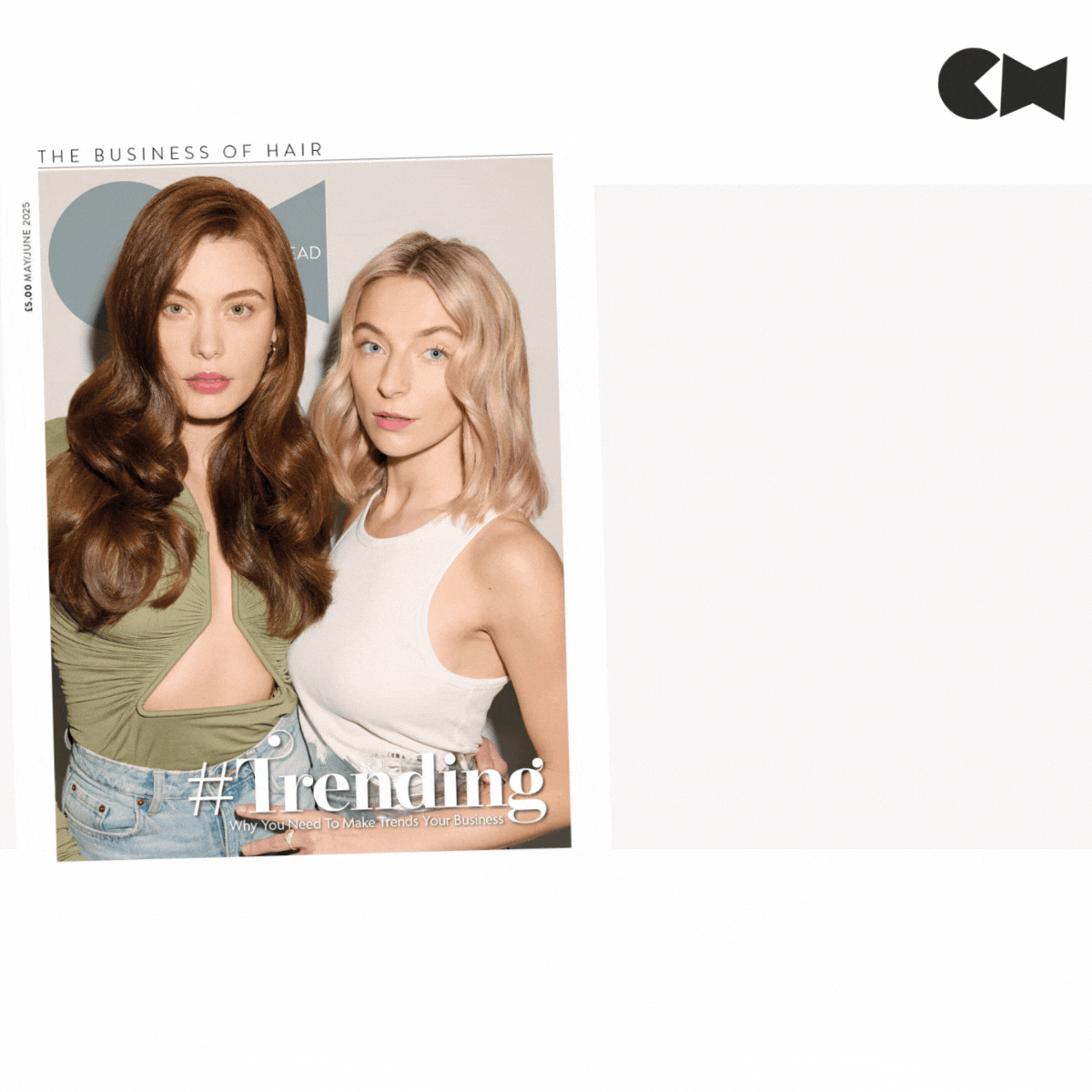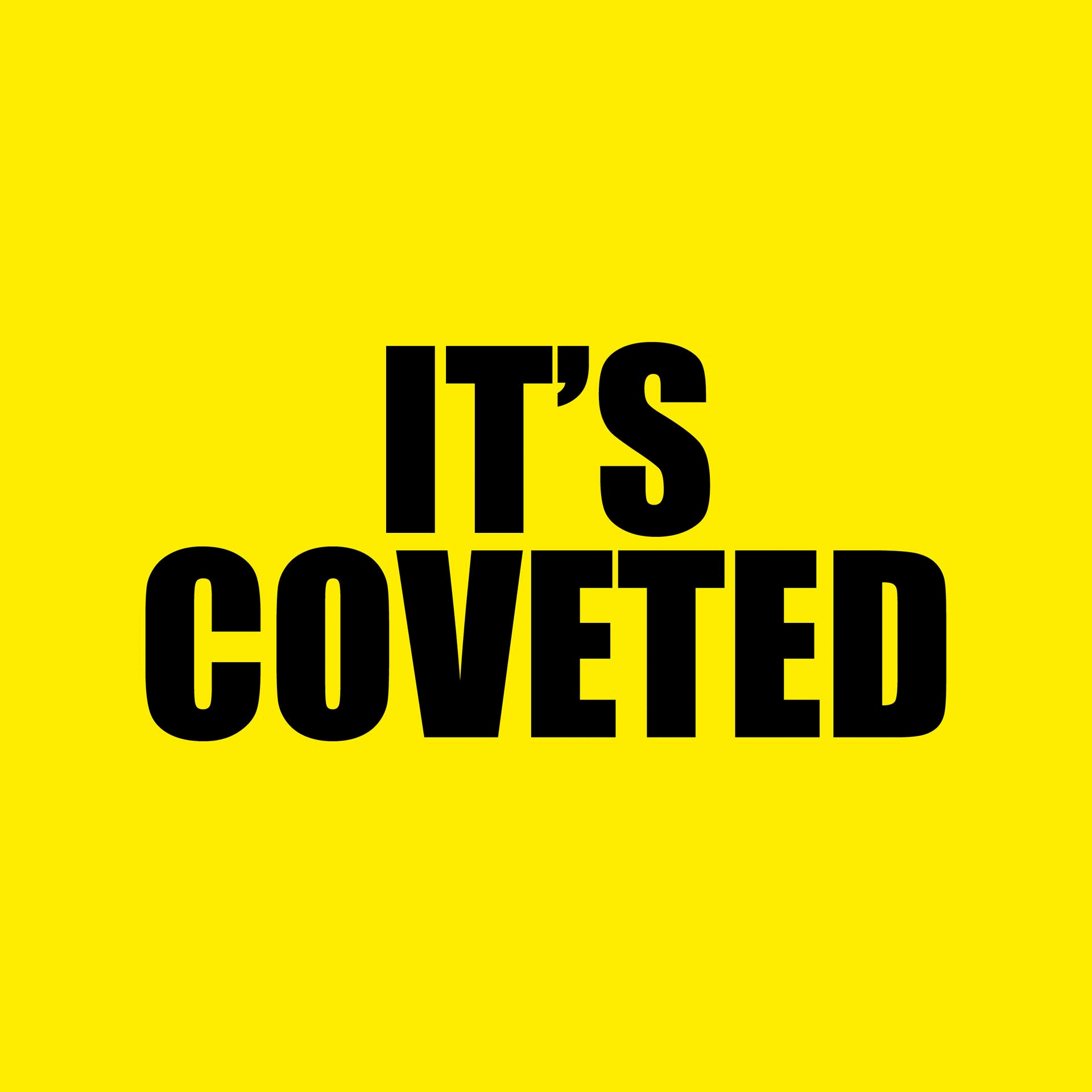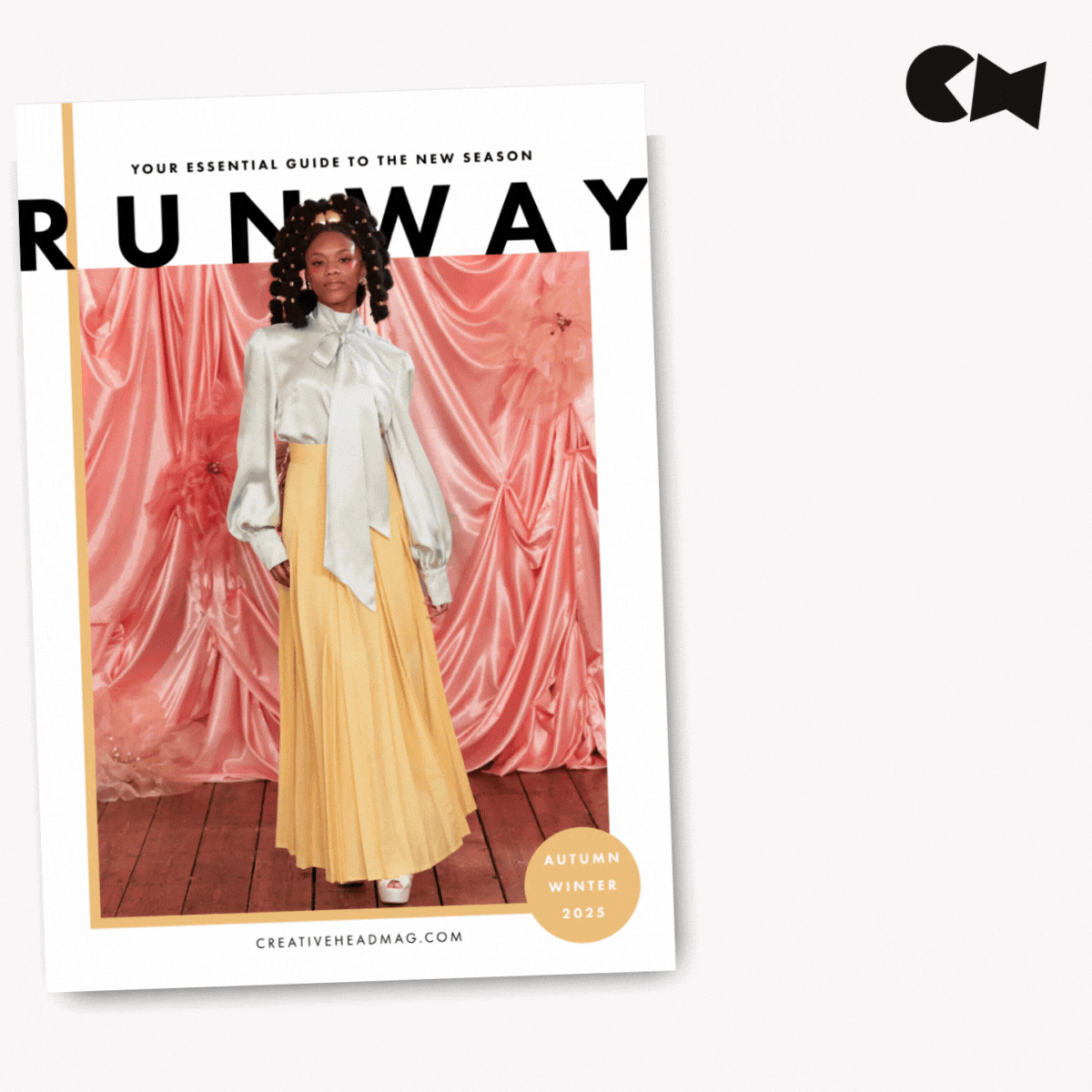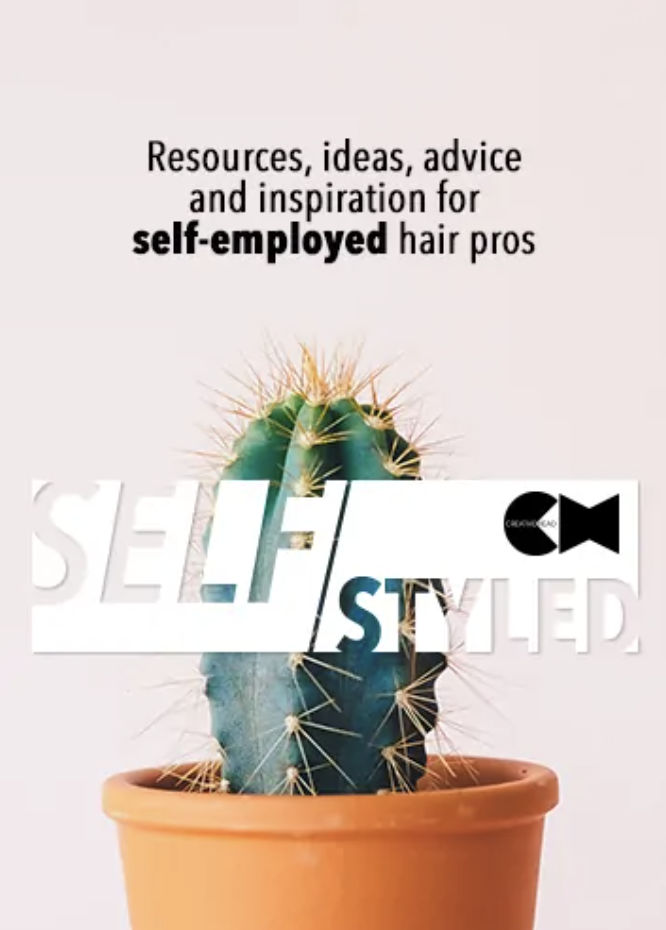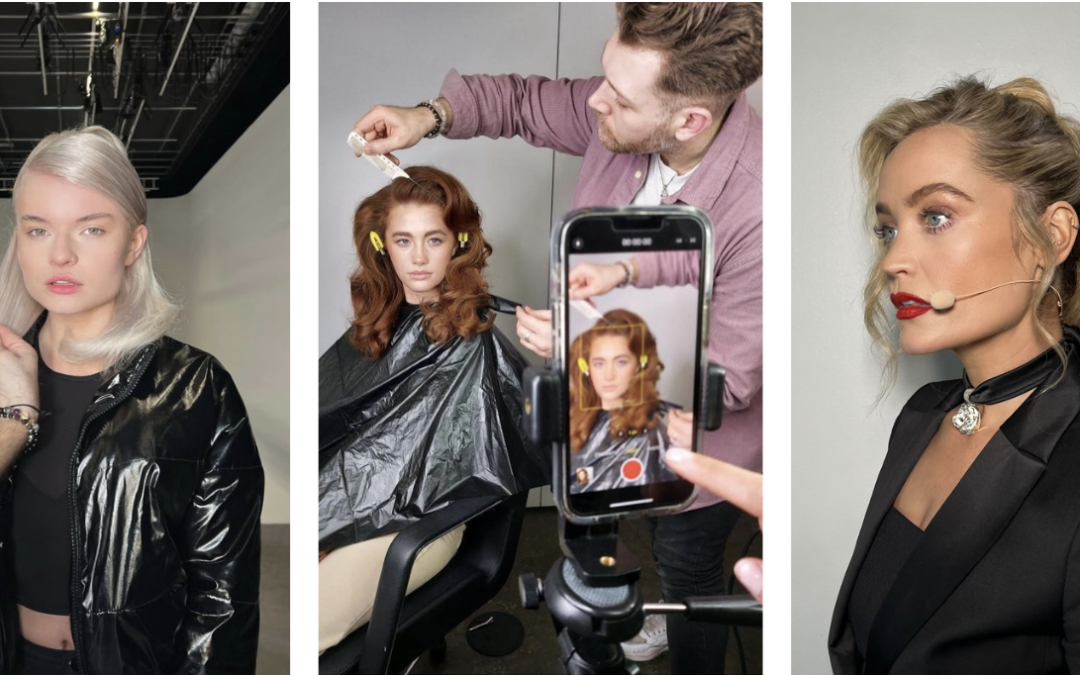
Crafting A Career Through Content
Crafting A Career Through Content
How Wella’s Passionista programme helped Michael Gray turn creativity into a thriving freelance career
by CAITLYN | EXPLORE
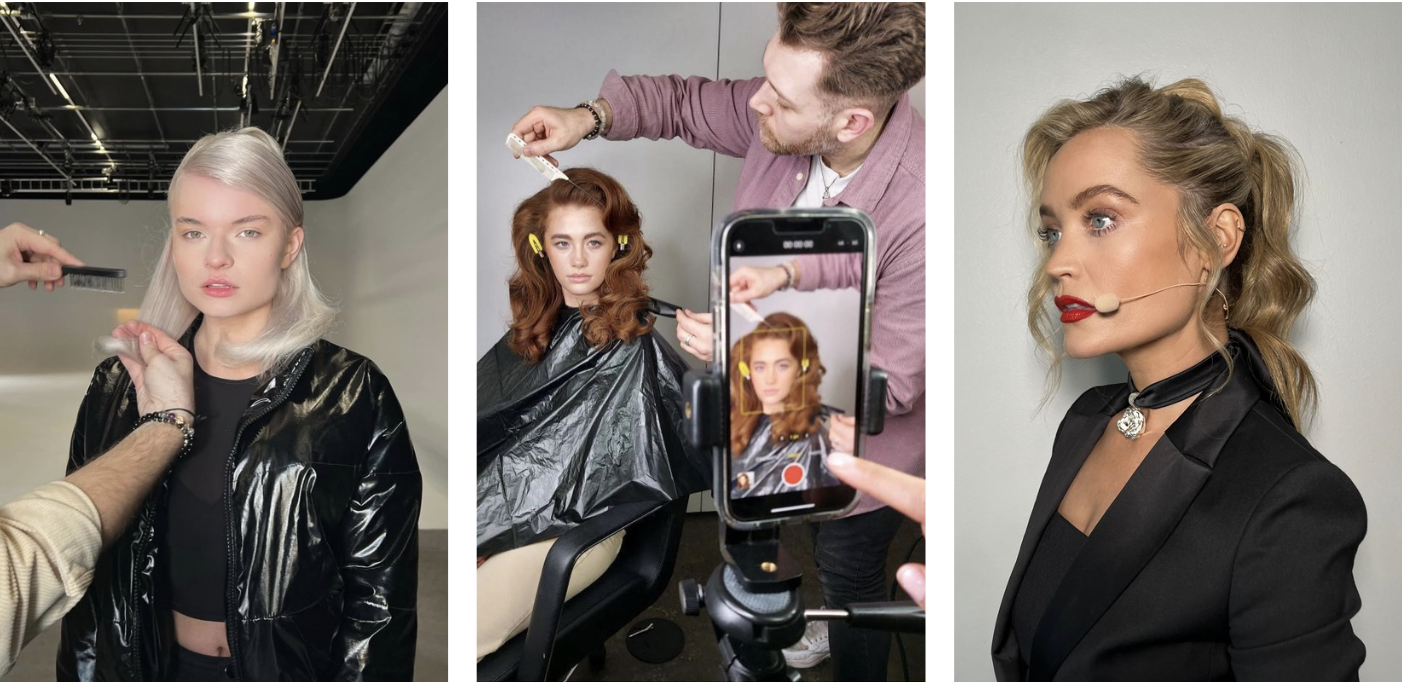
For Michael Gray, a career in hairdressing was never just about working behind the chair. His journey began in a salon but quickly took a turn when he moved to London to pursue modelling. There, he started creating content—long before Instagram became a hairstylist’s portfolio.
“I wanted to create the kind of looks I wasn’t seeing,” Michael explains. “Pinterest was huge at the time, but I wanted to showcase my own take on styling. So, I started collaborating with models I met through my work.” That instinct to innovate led him to work with influencers, and before he knew it, his skills were in demand on red carpets and high-profile events.
Michael’s breakthrough came when Wella Professionals discovered his work through social media. “I was constantly tagging Wella in my content,” he recalls. “Freelancing wasn’t as big back then—most stylists were based in salons or worked on editorial shoots. But Wella saw the potential in my session styling and invited me to be part of the Passionistas programme.”
Being a Wella Passionista has opened doors beyond styling. From running masterclasses in London, Manchester and Dublin to educating in Greece, Michael has found a passion for mentoring. “Education has been one of the biggest highlights of my career. I love sharing my skills with the next generation, whether they’re just starting out or refining their craft.”
As a freelancer, Michael values the sense of belonging that comes with being part of a network like the Wella Passionistas. “When you’re freelance, you’re often working solo with make-up artists or photographers, not other hairdressers. So, having a support system through Wella—whether at events or even just in a WhatsApp group—is invaluable.”
That support has extended to some of his most exciting projects, including backstage styling at TrendVision Awards and working with celebrity clients like Laura Whitmore. “I had wanted to style her hair for years,” he says. “She’s always open to trying something different, and working with her through Wella was an amazing opportunity.”
Michael attributes much of his success to social media. “I wouldn’t be where I am today without it,” he admits. “Tagging brands, creating content and staying consistent has allowed me to grow organically.”
His strategy? Keeping it fresh. “If I post a sleek look today, I’ll post something with more texture next time. If I’m getting bored, then my audience probably is too. It’s about variety, but also staying true to my aesthetic.”
For stylists looking to carve their own path, Michael’s advice is: “Find your niche. Experiment with recreating runway looks, reach out to talent agencies, assist at Fashion Week—try everything and see what resonates. If it’s not for you, at least you’ve given it a go.”
Michael’s journey from self-taught content creator to international educator and red-carpet stylist proves that passion, paired with strategic visibility, can lead to endless possibilities. And with Wella by his side, he’s just getting started.
